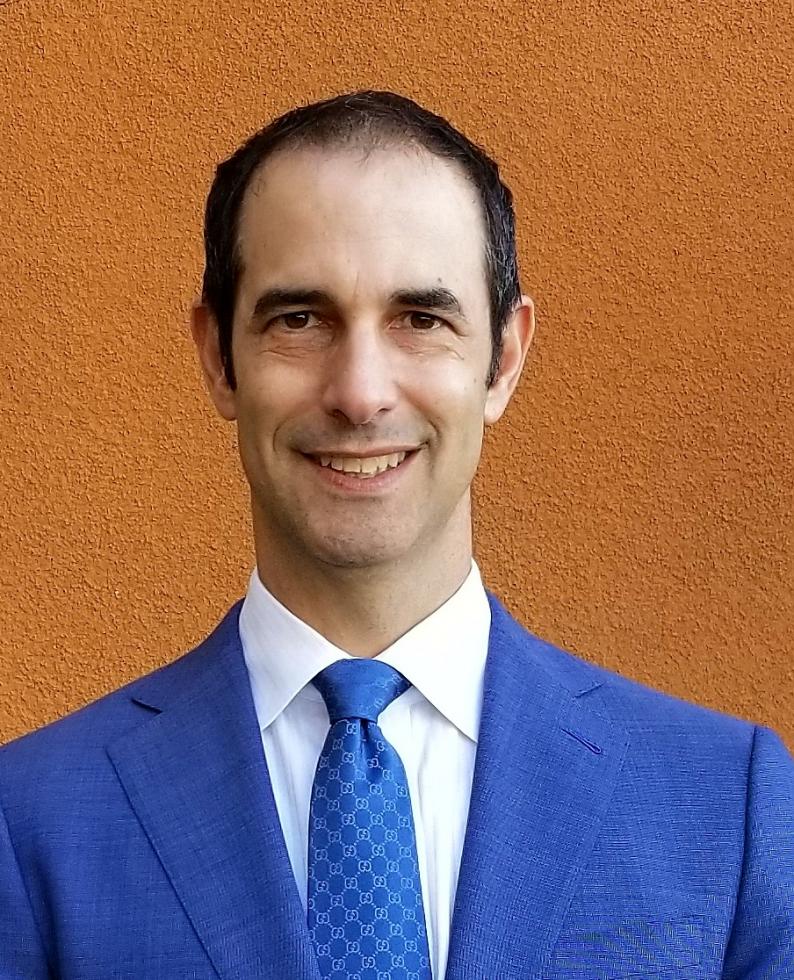Lloyd Levine, a former state legislator, and the current director of media and public relations for the Sacramento Electric Vehicle Association offers us his insight into electric vehicle adoption. For more from Levine, check out “Electric Avenue” in our December issue. Sign up for our newsletter and we’ll email you when it’s available online.
What’s the biggest change in the local adoption of electric vehicles in the past year?
Industry wide the arrival of the Chevy Bolt, with 238 miles of range; a starting price of approximately $30,000; and strong early sales figures, was the biggest change impacting adoption. The Bolt is the first mass market vehicle that exceeds 200 miles of driving range.
Regionally, in any other year the deployment of the DC Fast Charging network would be the biggest story. Currently, the Sacramento region has 23, with more to come. DC fast charging enables owners to charge batteries in a fraction of the time, and is seen as the key to facilitating longer commutes and greater deployment.
However, this year Electrify America designated Sacramento as the first Green City, and with that comes $44 million to be spent between now and 2020. The money will go to a variety of efforts to increase electric vehicle adoption in the region. Almost as important as the designation itself is the unprecedented level of collaboration and cooperation between governmental and nonprofit entities that resulted in the award. The City and County of Sacramento worked together, along with SMUD, the SMAQMD, SACOG, SacEV, Valley Vision and many others, to influence and inform Electrify America’s decision and designation.
What do you foresee as the biggest change on the horizon in the year to come?
For 2018, there will be three, somewhat overlapping, stories.
- The Tesla Model 3 (which is a category unto itself)
- Range extension
- Increasing model diversity
Assuming Tesla works out their production problems, the delivery of the Model 3 will likely be the biggest story of 2018. The Model 3, with 220+ miles of range, and a starting price of $35,000, is Tesla’s first entry into the mass market (cars that are affordable to most of the general public) segment of the industry. With an unprecedented 400,000+ vehicles pre-ordered, the Model 3 has already changed the shape of the adoption curve and forced the hands of other manufacturers.
Until 2017, all EVs other than Teslas had about 85-115 miles of range. By the end of 2018, with the second-generation Nissan LEAF joining the Bolt, and the Model 3, there should be at least three, affordable, highly regarded Electric Vehicles capable of driving 200+ miles on a single charge. With improvements in battery technology and production, additional models will join the 200+ mile club soon, followed in a few years by mass market cars capable of going 300 miles on a single charge.
2018 will also see a dramatic increase in the number and type of electric vehicles available, particularly plug-in hybrids which have both a plug and battery, as well as a conventional gas engine for extended range. 2017 saw the addition of the Chevy Bolt and Chrysler Pacifica, the first and so far, only plug in minivan. However, in the last few weeks three more SUVs and two sedans were added to the list of cars approved for the California rebate. Additional EVs and PHEVs from other manufacturers will hit the market with increasing regularity starting next year.
Got something to add? Let us know in the comments, on social media, or email us at editorial@comstocksmag.com
Recommended For You

Seek Solutions by Seeking Empathy
The planning stage of our December issue typically starts with a conversation reviewing what we mean by “innovation.” Technology is often only part of it — a starting point, if that. Notable innovation hinges on better solutions to existing problems.

Dawn of the Developers
Despite a tough climb, indie developers are pushing the Capital Region’s gaming industry to the next level
The Capital Region has a couple of homegrown video game success stories, but most growth is taking place in its community of indie developers. As the region seeks to brand itself more as a tech hub, these gamers want to ensure their industry is part of the push.



